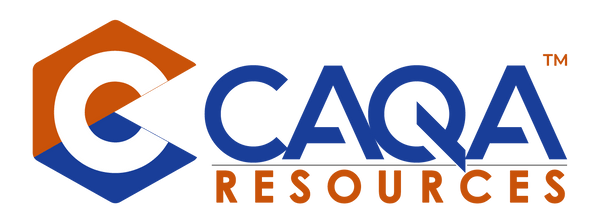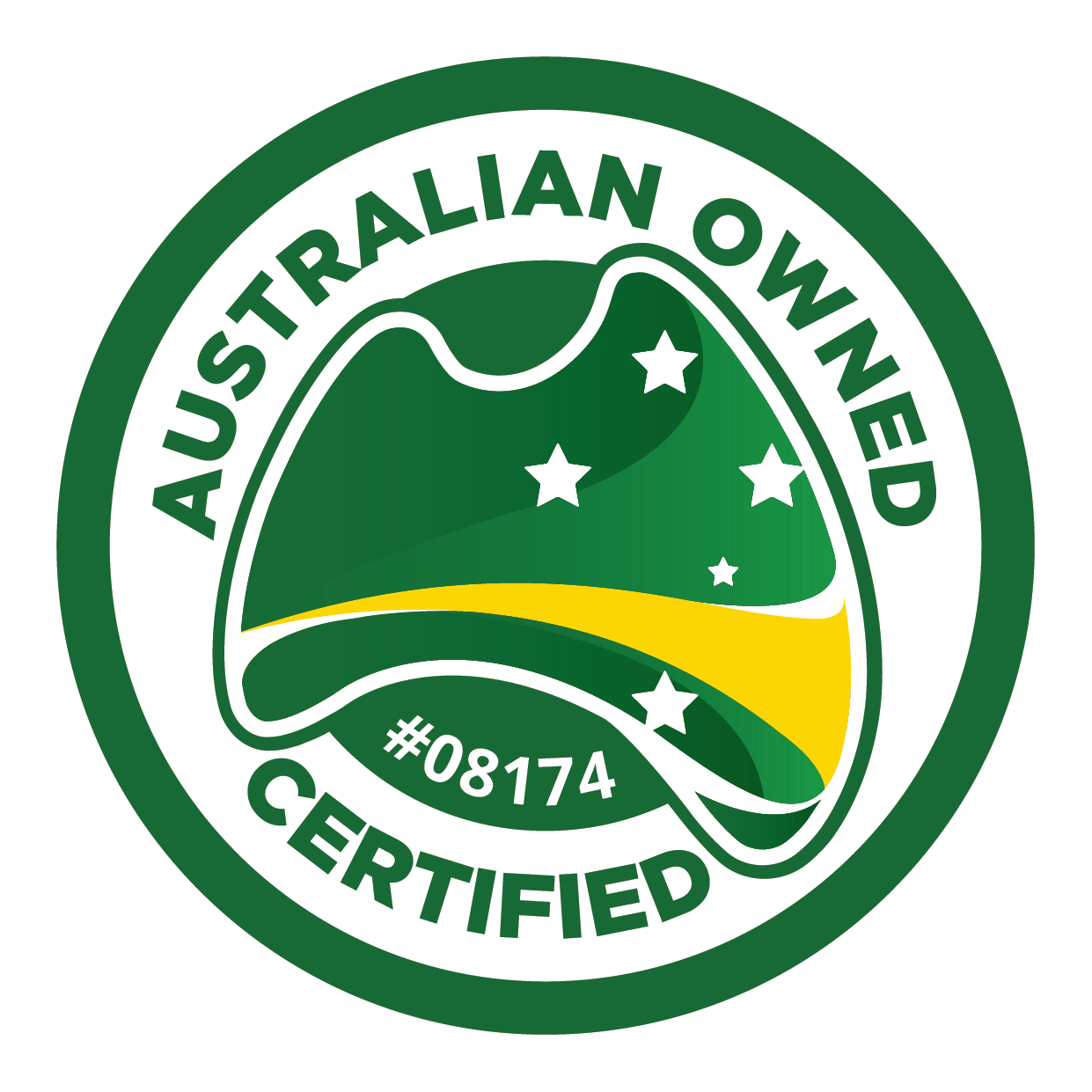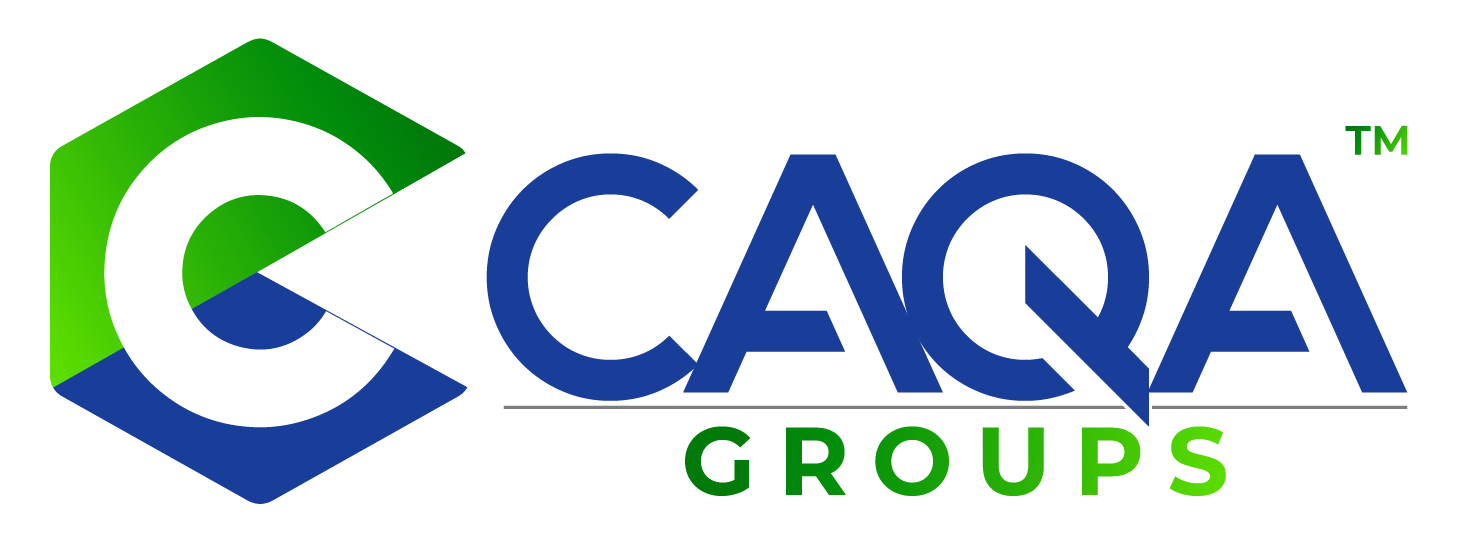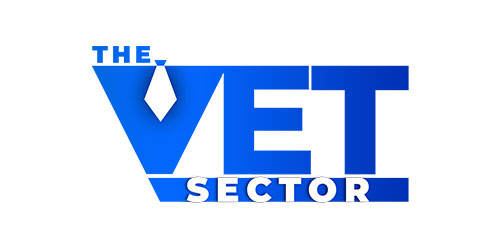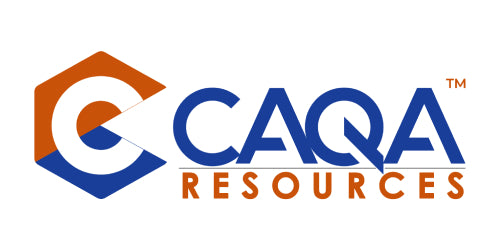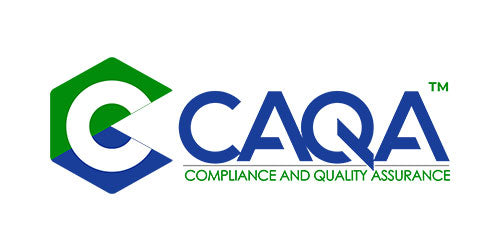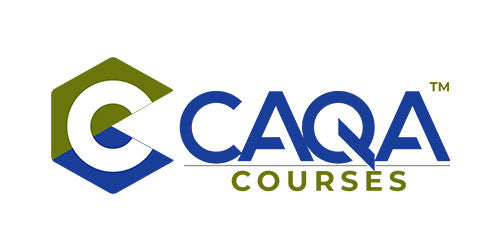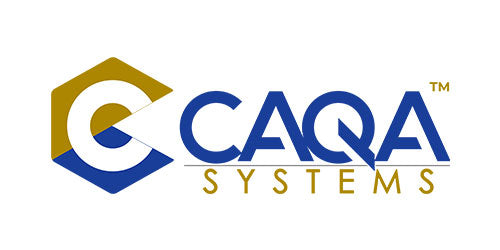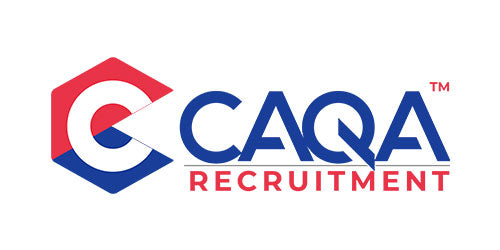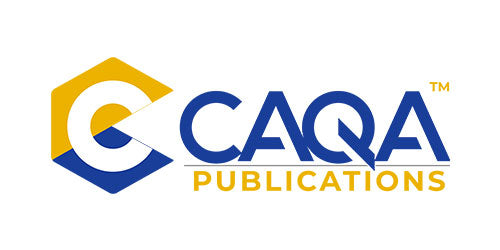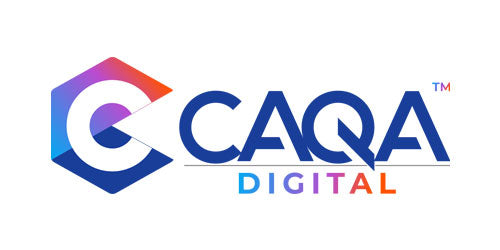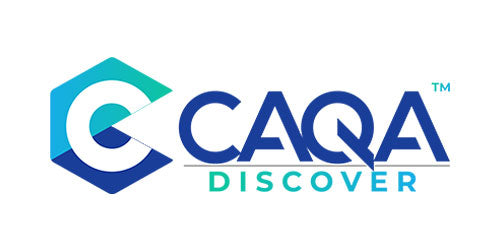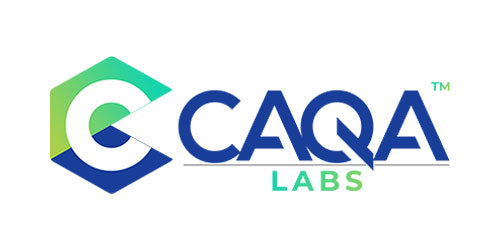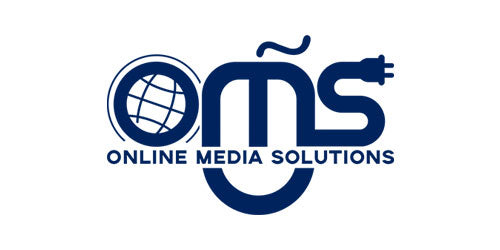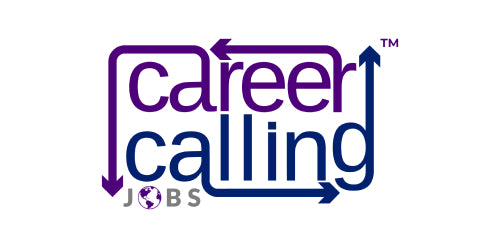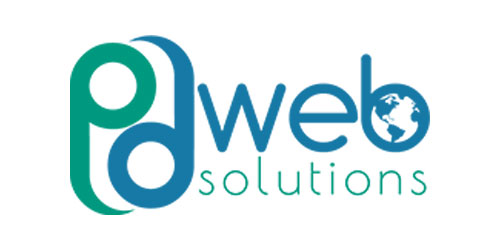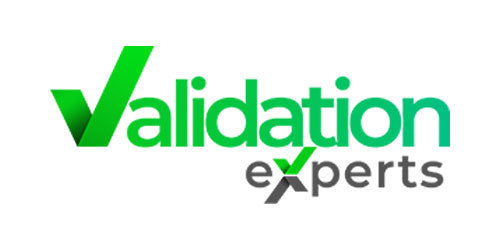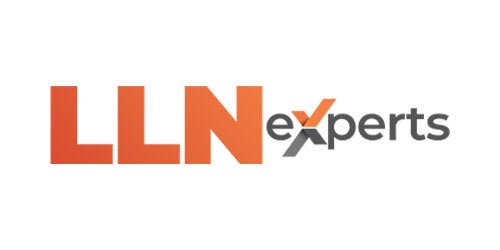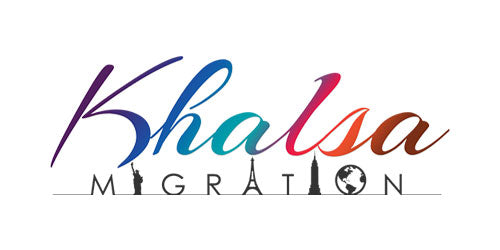The revised Standards for Registered Training Organisations (RTOs) in Australia have introduced sweeping changes that will revolutionise how RTOs operate and manage risk. These new requirements are set to shake up the vocational education and training (VET) sector.
Financial Scrutiny Intensifies
RTOs must now maintain a robust financial plan with ongoing monitoring of their financial position, performance, and cash flows. This heightened financial oversight aims to ensure RTOs remain viable and can sustainably deliver quality training.
Strategic Vision Takes Center Stage
A documented vision and values statement is now mandatory. This strategic focus will force RTOs to clearly articulate their purpose and long-term goals, aligning their operations with their core mission.
Environmental Scanning Becomes Critical
RTOs are required to conduct systematic environmental scans to identify emerging risks and opportunities. This proactive approach will help RTOs stay ahead of industry trends and regulatory changes.
Stakeholder Engagement Amplified
The new standards emphasise collecting and reviewing data and feedback from staff, learners, industry, employers, and regulators. This 360-degree feedback loop will ensure that RTOs remain responsive to all stakeholders' needs.
Risk Management Takes Center Stage
Standard 4.3 explicitly mandates a comprehensive risk management system. RTOs must now:
- Identify, manage, and review risks to students, staff, and the organisation
- Implement financial risk management processes
- Establish a system for managing conflicts of interest
- For RTOs training students under 18, adopt child-safe principles
Implications for RTOs
These new requirements will significantly impact RTO operations:
- Increased administrative burden: RTOs will need to allocate more resources to planning, risk management, and stakeholder engagement.
- Enhanced governance: Governing bodies will be more active in overseeing risk management and strategic planning.
- Improved quality assurance: The focus on risk management and stakeholder feedback should lead to better training outcomes.
- Potential market consolidation: Smaller RTOs may need help meeting these new requirements, which could lead to mergers or closures.
RTOs must act swiftly to align their operations with these new standards. Those who embrace these changes will be well-positioned to thrive in the evolving VET landscape, while those who lag behind may face regulatory challenges and market pressures.









